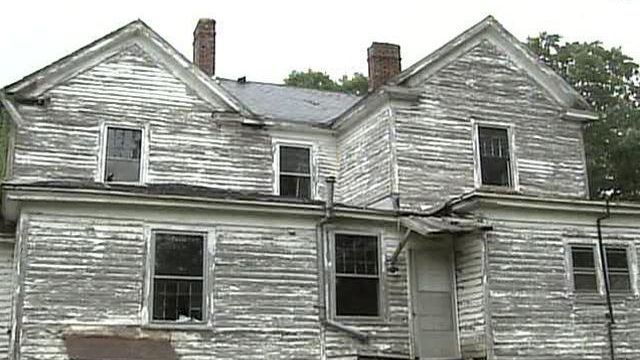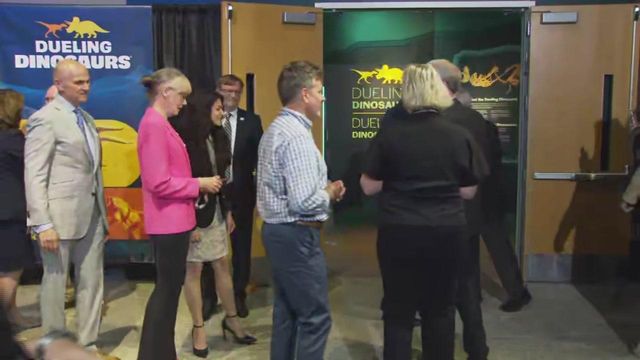Archaeologists unearth remnants of Latta House
Some people feared a piece of Raleigh history dating from the late 1800s was lost forever. With the help of archaeologists, however, artifacts from the Latta House in Raleigh are surfacing.
The Rev. Morgan Latta started Latta University off Oberlin Road to educate under-privileged and orphaned black children. He had been born into slavery in 1856 on the Cameron Family Plantation. Latta wrote a book describing his boyhood days on the plantation and his work to establish Latta University.
The school was "to teach the lowest of the low (and) to provide this education,” said Bill Shepherd, a former Latta House resident.
In recent years, all that survived was the Latta House on two acres at 1001 Parker St., where Latta once lived. The site was named a Raleigh Historic Landmark for its architecture in 2003.
In 2007, the house burned to the ground. With it gone, the property lost its status as a city landmark. The Latta site has been listed on the National Register of Historic Places since 2002, however.
"Having this man's story (Latta's book) in my hand, this did not burn down, and two acres of land is still here,” Shepherd said.
The city hired archaeologist Scott Seibel, with Environmental Services Inc., to dig into the site's ruins.
He and his team found several items from Latta University's past, such as a knife handle, a horseshoe, a shoe polish bottle, plate fragments and indications of posts marking other buildings behind the house.
The items are remnants of lessons taught more than 100 years ago, such as blacksmithing, carpentry and brick laying, Seibel said.
Seibel said that, so far, he has only searched 40 square feet of the two-acre site. Based on the physical finds, Seibel hopes the property will regain its spot among Raleigh's historic landmarks.
Many people also believe there is a lot more hidden below that the university can teach.
"I am sure there is a lot more of that (remnants) out there on the property,” Seibel said.
Supporters say they will soon apply to have the city re-list the property as a historic city landmark. City leaders have also set aside $50,000 to draw up plans for a park on the land.











